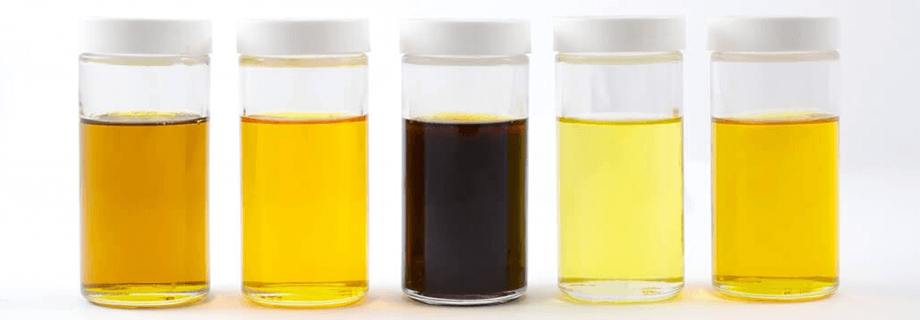Trans Fat, Where It (Mainly) Comes From and Why You May Want to Avoid It

Trans fat has been in the news lately. The Federal Drug Administration (FDA) has indicated that they may remove trans fat from its GRAS list. Ingredients included on the GRAS (“generally recognized as safe”) list are free to be used for their intended purposes in food products. So, what is trans fat, and why the proposed change by the FDA?
Trans fat is the result of the hydrogenation procedure, a chemically-altering process, on any fat or oil. However, it is most commonly produced from vegetable oils, such as soybean oil. Notice that it is the procedure, not the starting material, that matters here – any oil can be hydrogenated to produce trans fats. In addition, some natural fat sources, such as milk, contain small amounts of trans fat. However, by and large, most trans fat is consumed in food products containing partially hydrogenated (the label may also just say “hydrogenated”) oil.
More than any other nutrient, the excessive consumption of trans fat is strongly and reliably correlated to coronary heart disease. In addition, other detrimental health outcomes have been linked to trans fat consumption. After all, the fats and oils consumed in the diet every day make up the composition of important bodily organs, including your brain and spinal cord. Your brain is the fattest organ in your body, and you are what you eat.
It is, therefore, important to consider how your dietary fats and oils are processed before you consume them. Insta-Pro International has a line of mechanical oil presses for extraction from oilseed crops. Physical pressing and squeezing of the oil does not produce trans fats. Also, our methods do not use any chemicals for oil isolation. Additionally, mechanically-separated oil has been found to produce food with superior flavor, and has naturally stabilizing properties, without the addition of artificial stabilizers.


